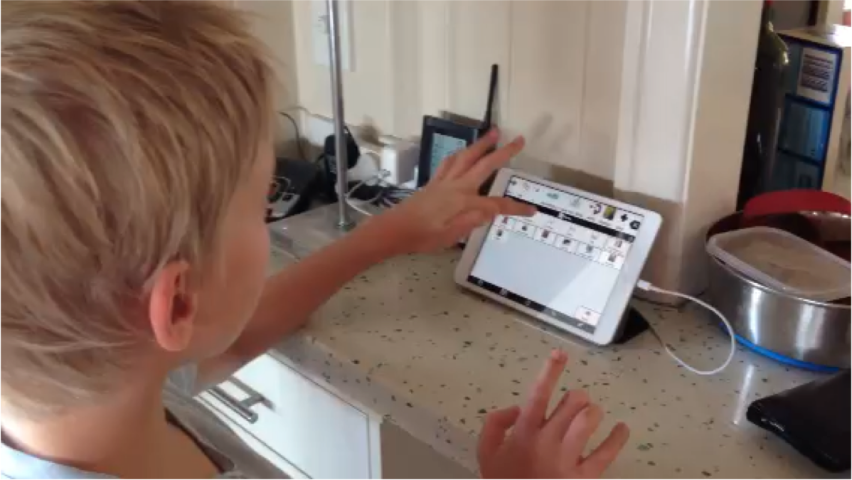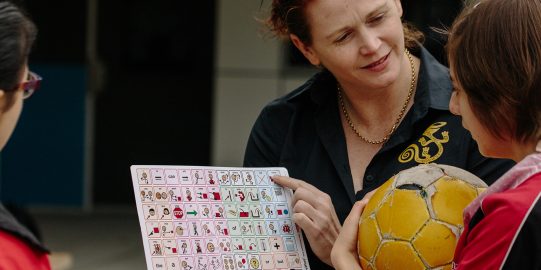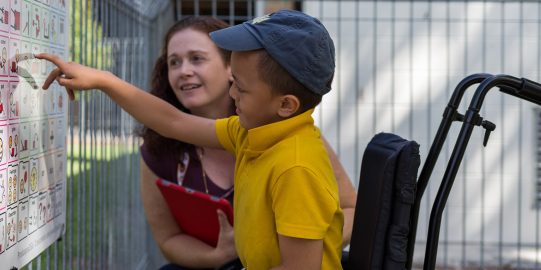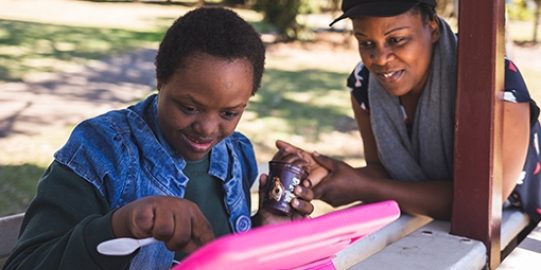A few times in my life I have lost my voice. A rather disastrous thing for a Speech Pathologist! Suddenly just not being able to talk, not being able to tell people what to do, or what I thought - I did not enjoy it at all! For most of us, we have our voice, available to use as we wish, when we wish. Can you imagine if someone took that privilege away from you?
For many individuals with little or no speech, their voice lies in their AAC system. If they wish to communicate what they want, when they want, they must be able to access that AAC system. It is no good to them in the cupboard. It is no good to them if the battery is flat. It is no good to them if it is still in their school bag. Deciding that the AAC system should only be used at school or at mealtimes or at McDonalds is no good to them. Having access to their AAC system, then, becomes the responsibility of all the members of the team.
If a person has a physical impairment, we do not take away their walker when they need to walk. If a person has a hearing impairment, we do not take away their hearing aides when they need to hear. If a person has a visual impairment, we do not take away their glasses when they need to see. So why do we take away a person’s AAC system when they need to talk?
Multimodal communicators
It is often more complicated for many AAC users… many individuals have multiple ways to communicate their messages. Maybe they use a combination of vocalisations and word approximations, some gesture and sign language as well as their robust AAC system. Perhaps in the busy moving world they are in, it can be easier to rely on their vocalisations and gestures because it is faster and easier? We do need to value and appreciate all methods of communication, that is for sure.
But what happens when that communication fails, when we cannot understand what the individual is trying to tell us? What if the individual has WAY more to say, than they can communicate with the sounds and gestures alone? For many AAC users, they need all the words and language that is in their AAC system and that means it needs to be there, ready for them to use as soon as they need it.
I call my buddy Matthew, my best multimodal communicator because he communicates very effectively using some words and vocalisations, combined with a great repertoire of signs. He uses these methods of communication all day and often they give him a fast way to get his message across. However, these things do not work so well with unfamiliar people. Nor does it help him to tell the teacher what he has learnt from the lesson on recycling. It also doesn’t help when Mum has NO idea what he is trying to tell her about what happened at school that day. This is when Matthew uses his AAC system. There are many many times in the day that he uses it because his words and signing are not always enough!





